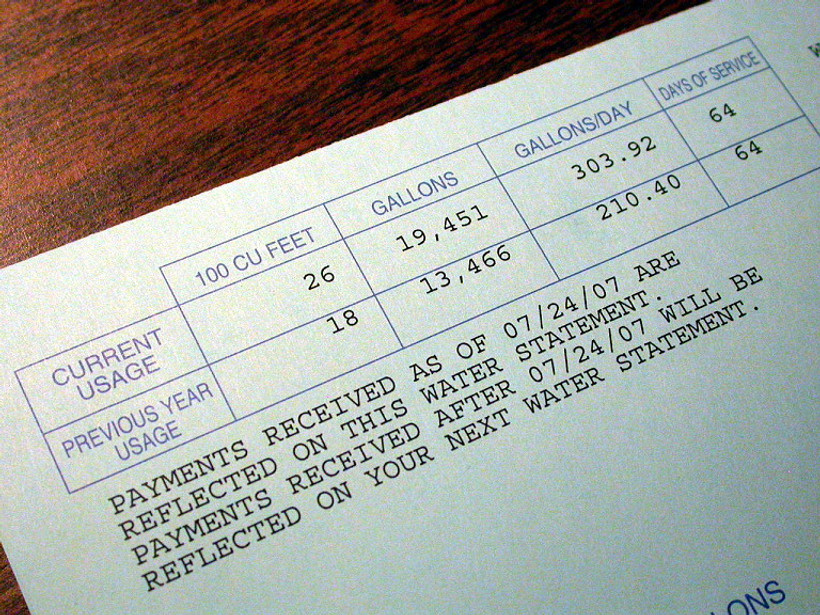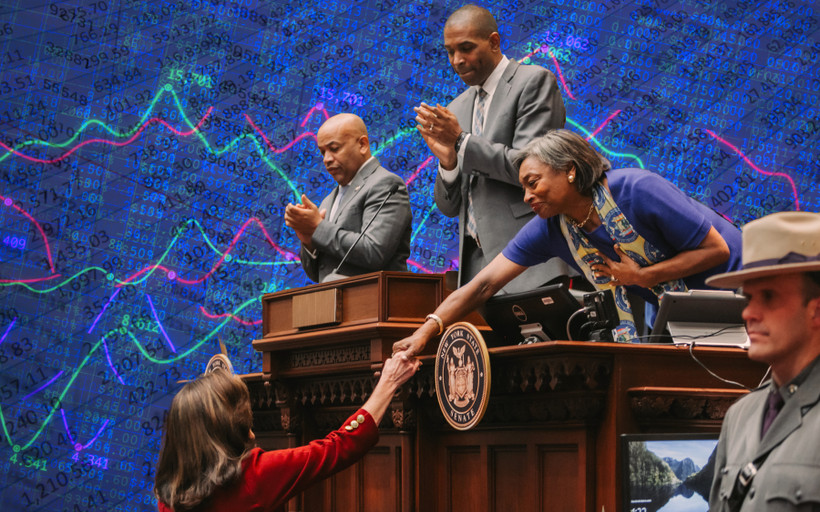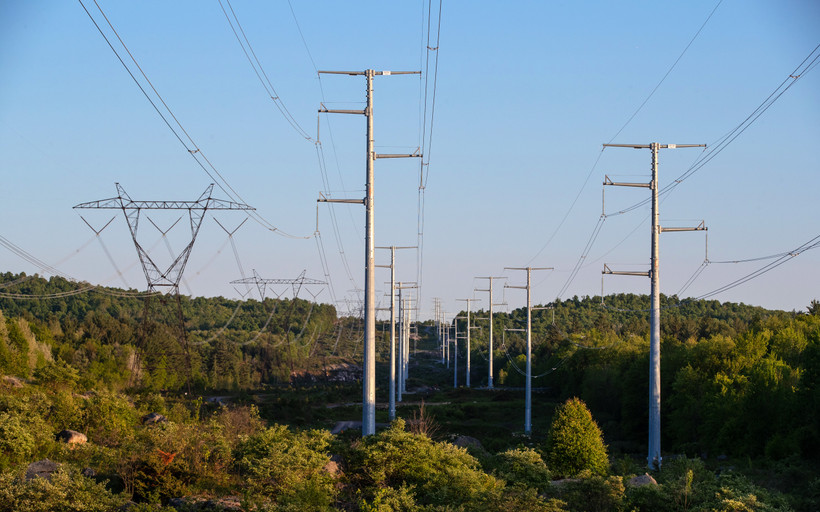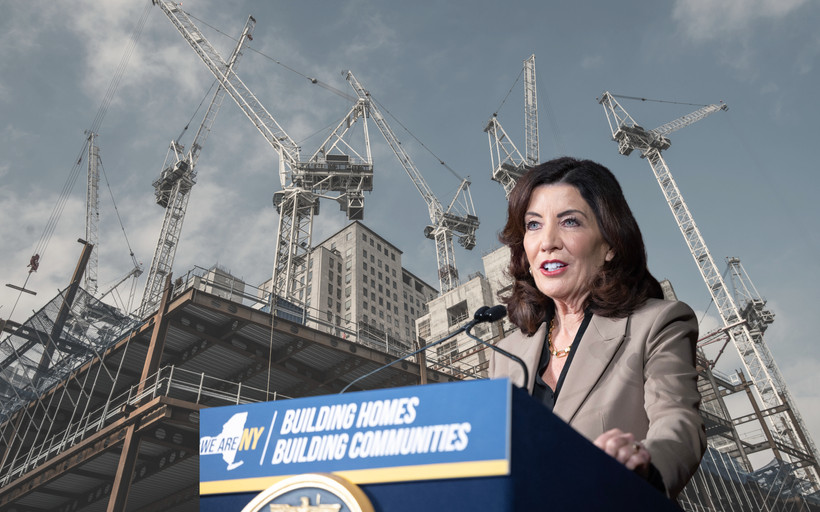As Water Shutoff Moratorium Nears Expiration, Hochul Administration Isn’t Enforcing It — or Distributing Federal Water Aid
The moratorium expires in December. But New York hasn’t distributed a single dollar of the $70 million of federal water assistance.


A version of good cause eviction and new hate crimes are in; new taxes on the wealthy and education cuts are out. Here’s where things landed in this year’s budget.
The Assembly rejected legislation that would have sped up New York’s transition away from gas.
Low-wage manual laborers can sue to make their bosses pay them weekly. Hochul’s late-breaking budget addition may undermine that right.
The Assembly and Senate want to beef up labor standards and farmland protections for clean energy projects. Developers say that would slow down the energy transition.
State investigators accused the gas utility of “sloppiness” in managing customer funds, but took a light touch in enforcement.
What are industrial development agencies?
It’s the first step New York has taken to address its housing shortage in years — but tenant groups are fuming and real estate wants more.
As real estate developers resist wage guarantees and try to roll back tenants’ rights, a potential budget deal is at an impasse.
The county is ready to restart real estate subsidies after a two-year pause. Residents fear it won’t fix their housing crisis.


